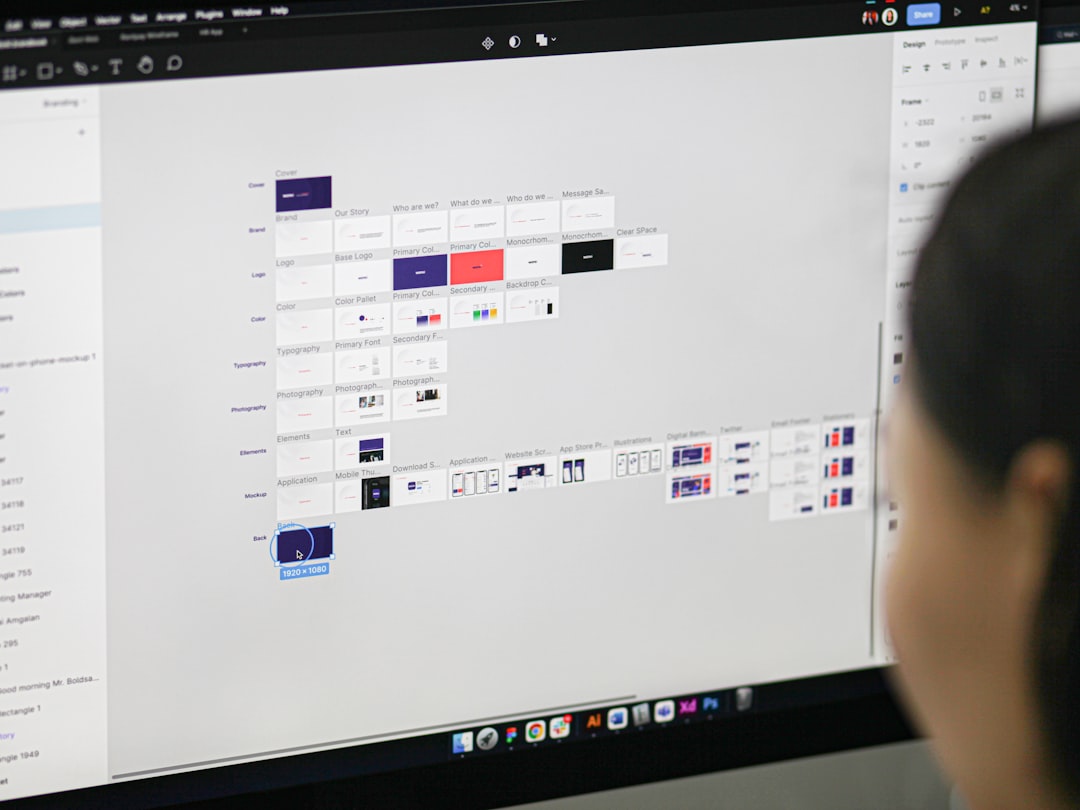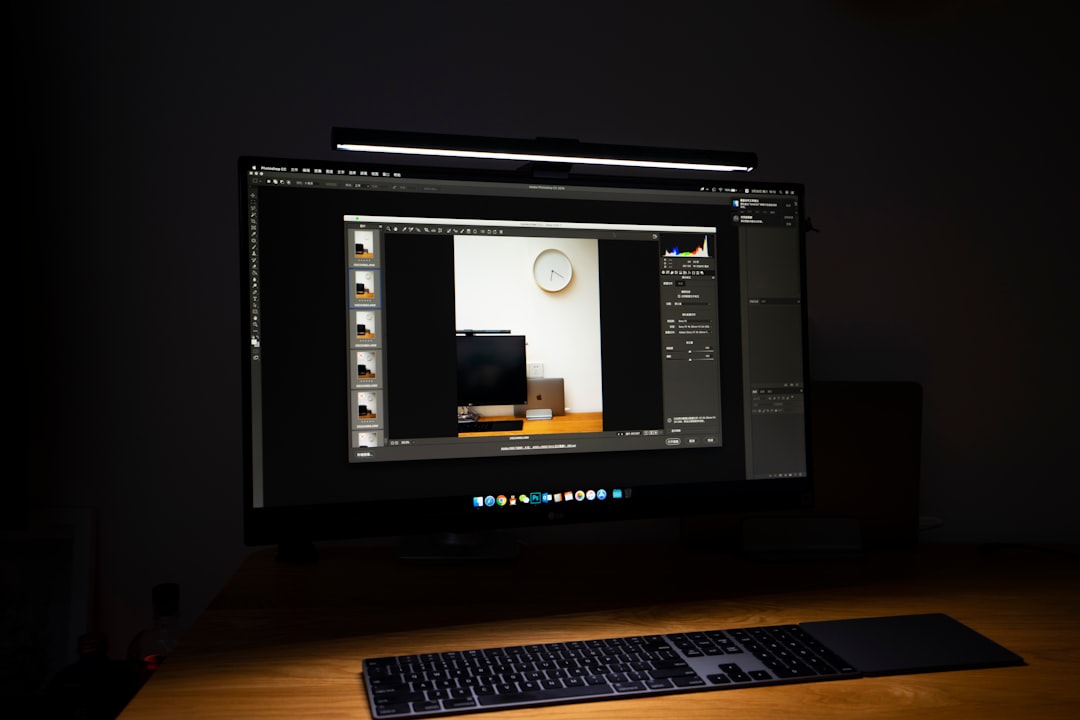As the video production landscape continues to evolve at breakneck speed, artificial intelligence is revolutionizing how editors approach post-production. In 2025, video editors who master AI tools will not only boost their productivity but also unlock creative possibilities that were once out of reach. These tools streamline tedious processes, elevate visual output, and automate mundane tasks — making editors virtually unstoppable.
Below are seven AI-powered tools that are reshaping the field and empowering video professionals to scale new heights.
1. Runway ML – Real-Time Video Editing Powered by AI
Runway ML remains a must-have in 2025. Known for its intuitive interface and deep learning capabilities, the platform allows editors to:
- Remove backgrounds without a green screen
- Apply cinematic effects with a single click
- Generate custom transitions and animations using AI-generated objects
Its collaborative real-time editing features now rival industry giants, and the tool’s continual upgrades make it ideal for both short-form and long-format video work.
2. Adobe Sensei – AI Deeply Integrated into Adobe Suite
Adobe’s AI engine, Sensei, has matured impressively. Used within Premiere Pro and After Effects, it significantly enhances:
- Scene detection and smart trimming
- Automatic audio ducking and sound balancing
- Color correction suggestions based on mood and lighting
Adobe Sensei not only saves hours of manual tweaking but also improves the consistency of professional projects.
3. Descript – Text-Based Video Editing
Descript revolutionized podcast editing and is now sweeping across the video editing world. Editors can cut, move, or edit footage simply by modifying the text transcript of the video. In 2025, Descript’s highlights include:
- AI voice cloning for seamless audio edits
- Video overdub capabilities with deepfake quality visuals
- Real-time transcript generation in over 50 languages
For creators juggling video and audio content across multiple platforms, Descript is indispensable.

4. Topaz Video AI – Upscaling and Enhancing Video with Unmatched Quality
Topaz Labs has developed a powerhouse tool for improving footage quality. Whether you’re restoring grainy archival videos or upscaling low-resolution assets to 4K or 8K, Topaz Video AI delivers crisp results through intelligent frame-by-frame analysis.
Its standout features include:
- AI-based frame interpolation for smooth slow-motion effects
- AI-powered stabilization without cropping
- Deblurring and noise reduction with minimal artifacting
For editors working with raw or difficult footage, Topaz Video AI solves complex problems with simple workflows.
5. Synthesia – AI-Powered Talking Avatars and Presenters
Synthesia has seen widespread adoption in corporate, educational, and marketing videos. By generating hyper-realistic AI avatars, Synthesia allows scripts to come alive without ever needing a camera crew. The application now supports:
- Over 120 languages and dialects
- Thousands of customizable avatar personas
- Emotion and intonation control for natural speech
This tool is ideal for quick explainer videos and consistent branding across video campaigns in global markets.
6. Pictory – AI Video Creation from Written Content
In 2025, Pictory continues to serve content marketers and editors by transforming blog articles, white papers, or scripts into engaging videos. It handles:
- Slide-based video generation
- Automatic image and b-roll suggestions
- Voiceovers using natural-sounding AI voices
For editorial teams looking to scale visual content from existing libraries, Pictory offers a streamlined and automated solution.

7. Magisto – Smart Editing at the Speed of Thought
Owned by Vimeo, Magisto has emerged in 2025 as a smart video editor ideal for users aiming to produce social media-ready content within minutes. Equipped with powerful AI algorithms, it can:
- Select highlights from raw footage
- Add suitable background music and transitions
- Suggest editing styles based on the content type
Magisto is perfect for editors who need to generate high-volume content without sacrificing quality.
Final Thoughts: Embracing the Future of Video Editing
The demand for high-quality video continues to rise, and editors must adopt cutting-edge tools to stay competitive. These seven AI platforms are not just trends — they are the new standard in professional workflows. As artificial intelligence becomes more deeply integrated into creative processes, video editors who adapt early will not only meet growing expectations—they’ll exceed them.
Now is the time to streamline your toolkit, develop an understanding of AI capabilities, and harness these innovations to create standout content for years to come.
